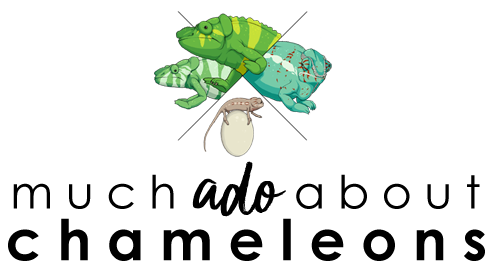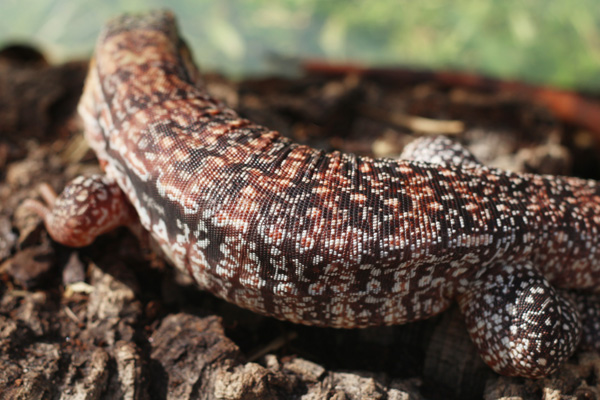Anyone that is familiar with my presence on the Chameleon
Forums will probably have noticed that I have been extremely absent in the last
year or more, so much so that I wouldn’t be surprised if my account has been stripped
of moderator privileges. I’ve been so caught up with so many other things that
I’ve found it hard to find the energy to get online and continue participating
in daily forum life as before. I have, however, been a vaguely active member of chameleon groups on
Facebook, specifically groups pertaining to Meller’s chameleons and other advanced species topics, with the exception of a Spanish general chameleon group. But this last
week I was asked to join some of the bigger general chameleon community groups
so that I might be able to help people with general questions.
 As much as I am a huge advocate for free and accessible
information, I cringe at the advice I witness on these chameleon groups, both
in English and Spanish. It’s quickly apparent that the average experience level
is very minimal, but the most vocal contributing members are exactly these. So
when a new keeper asks a question the cacophony
of replies can be overwhelming, and it would be impossible for the person doing
the asking to know with any certainty whose opinion to trust and whose opinion
isn’t based on anything. This can be a nuisance if the question pertains to
something like sexing a young chameleon or getting opinions regarding a
product, but it can be catastrophic in the case of any medical emergency, for
example.
As much as I am a huge advocate for free and accessible
information, I cringe at the advice I witness on these chameleon groups, both
in English and Spanish. It’s quickly apparent that the average experience level
is very minimal, but the most vocal contributing members are exactly these. So
when a new keeper asks a question the cacophony
of replies can be overwhelming, and it would be impossible for the person doing
the asking to know with any certainty whose opinion to trust and whose opinion
isn’t based on anything. This can be a nuisance if the question pertains to
something like sexing a young chameleon or getting opinions regarding a
product, but it can be catastrophic in the case of any medical emergency, for
example.










